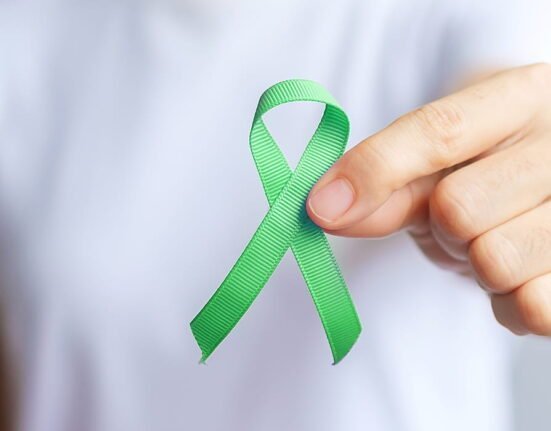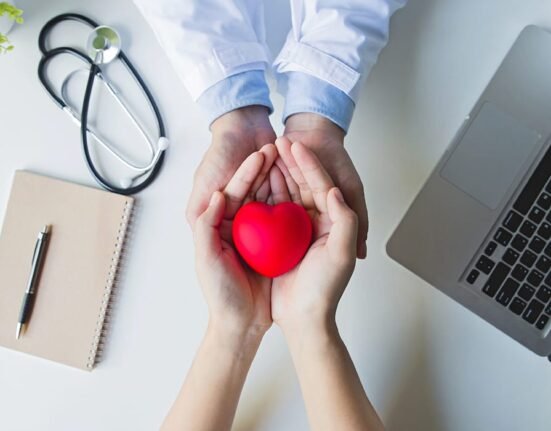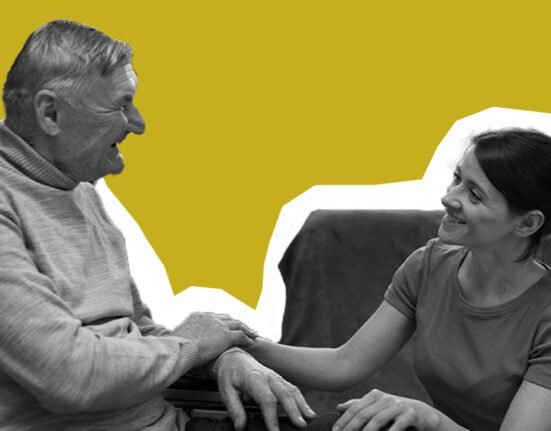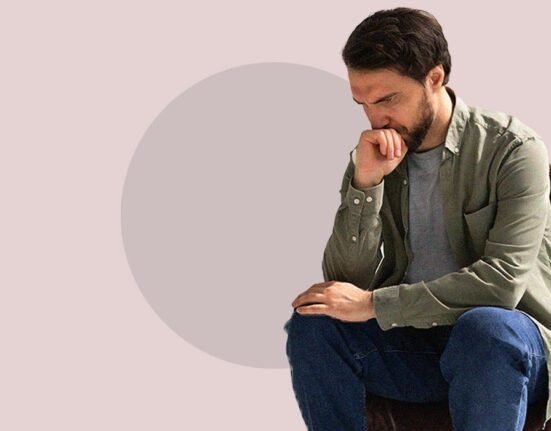Human mental ability is amazing. It shapes perception, influences conduct, and regulates emotion. Could it, however, also have the ability to either help or hurt the body? The intriguing and sometimes misunderstood placebo and nocebo effects, which reveal the real relationship between our mental and physical states, are at the heart of this question.
Expectation drives both effects, although they operate in opposite ways. Just because someone believes a treatment would work, the placebo effect produces real, good changes in the body. Conversely, the nocebo effect causes negative results or symptoms and results from a person’s expectation of things to go wrong instead of from a harmful medicine or action. In both cases, conviction rather than biology is the engine driving change.
The power of faith is often disregarded in a society more concerned with scientific proof and medical answers. But many stories and personal accounts reveal that, depending on our ideas and feelings, our thoughts can produce measurable physical responses ranging from aggravating symptoms to easing pain. Let’s take a closer look at these effects, what they show about the mind-body connection, and why knowledge of them is essential for everyday life.
What is the Placebo effect?
The placebo effect is the pleasant physical or psychological improvement that occurs after taking an inert drug, such as a sugar pill, saline injection, or fake surgery, because the person thinks the treatment will help them. The effect is not the result of fraud, but rather of the person’s expectation of advantage.
Belief sets off a chain of internal reactions. The brain releases chemicals like endorphins and dopamine, which are known to elevate mood and lower pain. Brain scans reveal that areas involved in emotion, reward, and pain management light up in response to people’s expectations of relief. This shows how mere thought might cause actual bodily changes.
The placebo effect has powers beyond simply pain relief. It can lower stress, help with sleep, and even control blood pressure and heart rate. Some claim that after thinking they were getting strong medical treatment, even when they weren’t, long-term benefits in chronic diseases accrued.
The placebo effect is not “just in your head,” and the outcomes are not fictitious. They are real, quantifiable, and in some circumstances can match the intensity of active pills. This effect highlights the body’s natural ability for self-regulation and healing, under the direction of the mind.
What is the Nocebo effect?
Where the placebo effect heals, the nocebo effect causes harm. It happens when unfavourable expectations result in real negative results. For instance, someone taking a benign medication might suffer nausea or headaches just because they were instructed to expect those side effects.
This phenomenon can manifest itself in many ways: a patient whose symptoms worsen after reading about possible side effects; a person who feels ill because they think they have been exposed to a virus; or someone who experiences pain in reaction to a benign stimulus. In every instance, the belief that it would cause damage rather than the event itself or the substance does.
The nocebo effect reminds us that expectation and anxiety can influence our bodily reality. Negative beliefs can set a stress response, just as positive beliefs can set the brain’s healing systems. This includes increased cortisol, heightened inflammation, and raised pain perception—all of which can aggravate symptoms and lead to disease.
The nocebo effect’s most upsetting feature is its potential to compromise therapy. People who expect a drug either to cause side effects or to be ineffective are more likely to complain of discomfort or ineffectiveness, even when the drug is beneficial. This phenomenon highlights the importance of how information is presented to patients.
The Psychology of Belief
What makes belief so powerful that it can affect physical health? The key is the brain’s capacity to shape physical processes using expectation and perception.
Constantly forecasting and interpreting what will happen next, the brain is an interpreter. It creates expectations using context, past experiences, emotions, and external signals. Your brain may ready your body to react as expected if you believe a medication will help you. Should you think a shot will hurt or damage you, your brain might tell your body to get ready for pain or discomfort, therefore activating responses consistent with your expectation.
This is not just fantasy. Studies using brain images have demonstrated that belief can affect activity in regions involved in pain, emotion, and even immune control. In other words, faith can physically modify how our bodies operate; it shapes our perspective.
Placebo and Nocebo in Everyday Life
Beyond just medical therapies, the power of belief is great. In regular life, we encounter placebo and nocebo effects in many little and unnoticed ways:
- Diet and Food: You could feel better after eating something if you think it would energise you or improve your health. On the other hand, even if the meal is benign, your body may respond unfavorably if you believe a particular component would irritate your stomach.
- Performance and Fitness: Even if the improvements are inert, athletes sometimes do better when they believe in their diet, supplements, or gear. On the other hand, negative expectations can lead to decreased performance or increased tiredness.
- Connections and Correspondence: Our interactions depend on our expectations of others—that is, whether we think someone would hurt us, respect us, or like us—and so affect their responses. Negative expectations can cause strife and conflict; optimistic beliefs may foster trust and collaboration.
- Work and Stress: Thinking your work is detrimental to your health or that a stressful event will overwhelm you can aggravate physical symptoms like headaches or insomnia. On the other hand, having a positive outlook or confidence in your ability to manage will help you avoid burnout.
Social and Cultural Factors
Placebo and nocebo effects arise in interaction, not in isolation. They are moulded by authority’s power, social interactions, and cultural values. Since they match entrenched cultural beliefs, healing rituals, traditional treatments, or religious activities can have powerful placebo effects in many societies. A treatment that matches a person’s perspective is more likely to be viewed as successful and set off a more strong brain-body reaction.
Likewise, doctors, counsellors, and even friends can influence our expectations using their comments, behaviour, and tone. A hopeful and reassuring doctor increases a patient’s faith in recovery, therefore triggering the placebo effect. By contrast, a dismissive or overly bad comment might raise anxiety and activate a nocebo response. Thus, not only for psychological well-being but also for physical healing, trust, empathy, and communication are important.
The Ethics of Nocebo and Placebo
The great influence of belief raises moral issues. If a treatment is inactive, should doctors employ placebos if they might help patients feel better? Is it ethical to withhold information about possible adverse effects to prevent a nocebo response?
Placebos were traditionally seen as dishonest—a last resort when nothing else worked. But contemporary methods investigate how freely—and without deception—one could use the placebo effect. For instance, some studies indicate that even “open-label placebos,” in which patients are told they are receiving a placebo, can still alleviate symptoms provided the rationale is delivered precisely.
Conversely, the nocebo effect calls into question our approach to revealing hazards. An excessively thorough list of possible side effects may harm by creating negative expectations, even if informed consent is vital. In medicine, striking the right balance — giving essential information without causing anxiety — is increasingly difficult.
Health and Healing Consequences
Deep consequences for our attitude toward healing result from an awareness of the placebo and nocebo effects:
- Attitude Counts: Your psychological expectations, dreams, and worries are biological forces as well. Real physiological advantages come from developing a good, optimistic attitude. Reinforcing good expectations can be aided by practising mindfulness, refraining from bad thoughts, or utilising affirmations.
- Communication Heals: The results can be affected by the way healthcare professionals communicate with patients. Healing can be aided by words of compassion, confidence, and understanding. Pessimism or careless language can magnify pain.
- The Body Hears: Treating the brain apart from the body neglects a vital aspect of health. Emotions, beliefs, and perceptions shape bodily processes. Taking care of mental health — reducing anxiety, managing stress, fostering positive beliefs — is essential to physical well-being.
- Being self-aware is essential: You will be empowered if you understand how your ideas affect your body. Rather than passively receiving therapy, we may actively participate in healing by learning how to guide our expectations in ways that promote rather than impede recovery.
Conclusion
Driven by the great power of belief, the placebo and nocebo effects are opposite sides of the same coin. One heals; the other injures. Both bypass logic and cut straight to the nervous system, changing our physical reality without affecting our outer surroundings. Though they may appear as psychological eccentricities, these impacts are profoundly biological, rooted in the brain’s ongoing endeavour to understand and react to its surroundings. They demonstrate to us how actively the mind drives health rather than just being a bystander. Just by believing, can your brain heal or damage you? Indeed, the answer is yes. Though not everything, belief is far stronger than we often assume. And one of the most crucial health choices we may make may be to learn to wield that power—deliberately, ethically, and compassionately.
FAQs
1. What is the placebo effect?
The placebo effect occurs when a person takes a drug that contains no active ingredients and experiences real health benefits due to optimistic expectations alone.
2. What is the nocebo effect?
Even if the therapy is inert, negative expectations might lead to harmful or unpleasant symptoms—the nocebo effect.
3. Can placebo effects arise even if you know something is a hoax?
Yes, research reveals even open-label placebos—where individuals know they’re taking a fake pill—can nonetheless produce good health results.
4. Are these results purely psychological?
No, both placebo and nocebo effects comprise actual biological changes in the body and brain, like hormone shifts or pain relief.
5. How might doctors ethically apply this knowledge?
Without using deception, healthcare professionals can increase placebo effects and lower nocebo reactions using positive communication, empathy, and trust.
References +
- Wartolowska, K. (2019). The nocebo effect as a source of bias in the assessment of treatment effects. F1000Research, 8, 5. https://doi.org/10.12688/f1000research.17611.2
- Department of Health & Human Services. (n.d.). Placebo effect. Better Health Channel. https://www.betterhealth.vic.gov.au/health/conditionsandtreatments/placebo-effect
- Bottaro, A. (2025, April 21). 6 Examples of classical conditioning in everyday life. Verywell Health. https://www.verywellhealth.com/classical-conditioning-5218361
- Zis, P., & Mitsikostas, D. (2018). Nocebo Responses in Brain Diseases: A Systematic Review of the Current literature. International Review of Neurobiology, 443–462. https://doi.org/10.1016/bs.irn.2018.07.025













Leave feedback about this